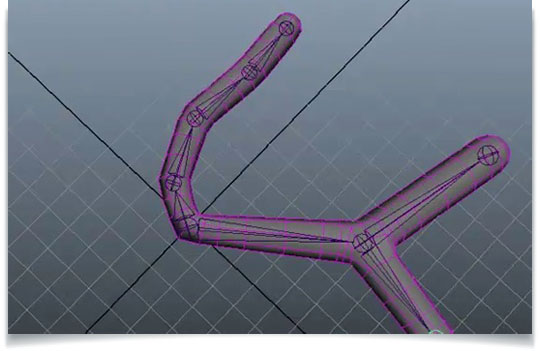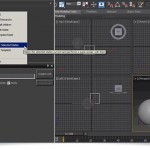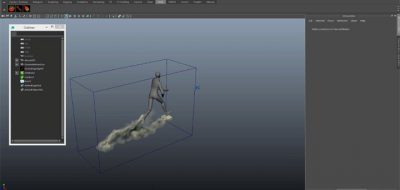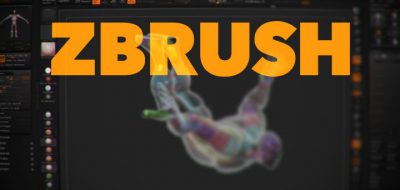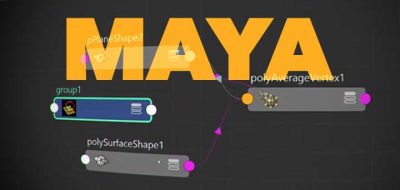Some pretty great things over at the SOuP Development site, most recently is the addition of a ZBrush ZSphere like tool directly in Maya called bMesh. The recent updates section notes “Remember the zSpheres tool in ZBrush ? Well, that’s the same thing but directly in Maya and even more interactive.” Check out the video for bMesh here.
If you are unfamiliar with SOuP in Maya, SOuP is a free collection of Nodes for Maya that make it more procedural. Developed and supported by one guy, Peter Shipkov who I imagine to be scary-smart. There have since been some other contributors to the SOuP project including Jeremy Raven, Maxim Kotrolev, David Schoneveld, Sergey Tsyptsyn, David Corral, Jack Straw and Michel Tuttle.
SOuP really is an amazing set of tools for Maya and the fact that SOuP is for Linux, Windows, OSX and freely available is mind blowing. However, recently I have heard grumblings that the Mac development of SOuP may come to an end as it is taking a huge amount of resources to muddle through the kludge. That would be sad.
SOuP is based on the principles of building a flexible, non-destructive procedural pipeline. Many of the nodes are designed to work at component level allowing the artist to extract specific data, alter it and pass it on. Its this level of design that allows SOuP nodes to work seemlessly within Maya’s existing architecture.
Other recent developments in SOuP include:
- mapToMesh & meshToMap nodes
- Convert the uvs to mesh, apply deformers, animate, reposition vertices by hand or using other procedural tricks, then convert the final result back to UVs.
- blendArrays – add/subtact, mult, divide, etc the elements of two (double, int, vector, etc) arrays
- componentToComponent – convert between mesh components based on their relationshipt (verts to face, edges to uvs, etc)
- pointCloudToMultiCurve – auto-generate multiple nurbs curves from provided point cloud, live garbage collection, etc.
- splitRgba – split incoming rgba stream into its r g b a components (as separate output arrays)
- pointCloudParticleEmitter – precise and flexible particle emitter that uses point cloud data as source for the emission.
- createArray – create and initialize arrays “on the fly” as part of your nodal networks.

